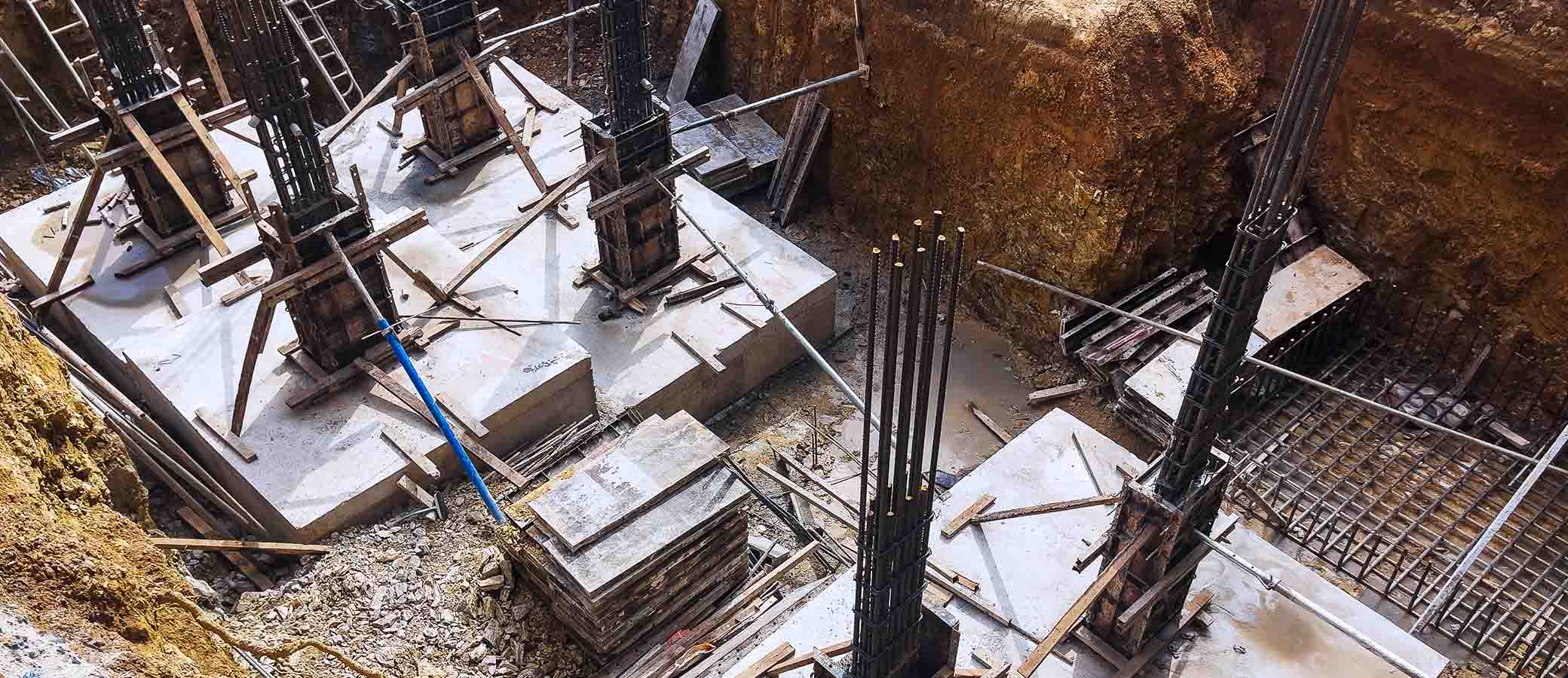Investing in Resilience: How Extreme Weather Is Reshaping Infrastructure Investment and Risk
Published by CorpGov

Published by CorpGov
Across sectors and jurisdictions, the data point to a world facing more frequent and intense physical disruptions. Extreme heat, heavy rainfall, rising sea levels, and prolonged droughts are no longer regional anomalies; they are macroeconomic factors shaping markets, policy, and investment strategy. The economic toll is mounting: physical damage from extreme weather cost the global economy at least $1.4 trillion last year, according to data compiled by Bloomberg Intelligence.
What once seemed like a distant environmental concern is emerging into a material issue for business continuity and asset valuation. Boards, investors, and regulators are all recalibrating to a new reality: resilience and adaptation are no longer just sustainability talking points, but are now a financial and strategic imperative. And forward looking companies and investors are starting to invest behind this increasingly recognized macroeconomic and geopolitical reality.
From Risk Avoidance to Value Creation
For decades, resilience was defined by its defensive posture designing systems to withstand shocks. That calculus is shifting as new data illuminate the upside of preparedness. A new global report produced by Systemiq, in collaboration with more than 20 partners and launched at the World Bank Annual Meetings, finds that investing in climate and nature resilience could generate more than 280 million jobs across emerging markets and developing economies by 2035, while boosting GDP and unlocking a trillion-dollar market opportunity.
In other words, resilience is not just about minimizing losses; it is about positioning economies and companies to thrive amid volatility. The same infrastructure that protects against storms or heatwaves can catalyze investment, improve competitiveness, and create employment.
The New Capital Flows
Investors are already responding. Capital is moving toward projects and assets designed to perform under evolving physical conditions, such as flood-resistant infrastructure, modernized grids, distributed energy systems, and advanced water management. These investments are increasingly viewed not as voluntary environmental, social and governance (ESG) gestures but as essential components of long-term value creation.
Development banks and private funds are also experimenting with new financing tools, from resilience bonds to blended-finance models that attract private capital to adaptation projects. Such innovations are helping bridge the gap between science, engineering feasibility, and investor appetite. The shift is not just about funding recovery; rather, it’s about building systems that can operate and grow despite disruption – and in some cases, because of it.
A Governance Imperative
For corporate leaders, the convergence of physical risk and financial accountability is transforming disclosure, diligence, and governance. Regulators in parts of the United States, Europe, and Asia-Pacific are developing frameworks that require companies and funds to evaluate and report exposure to physical risks and how corporate boards are overseeing these risks. Lenders and insurers are embedding resilience metrics into underwriting. Investors are demanding credible adaptation strategies as part of their assessment of long-term value.
Boards that fail to account for these changes risk more than operational disruption; they risk being out of step with the expectations of shareholders, regulators, and markets. Integrating weather-related risk into strategic planning is now a core element of fiduciary responsibility. Failing to appropriately consider these near- and long-term trends not only poses risks to a business, it also fails to recognize potentially significant business opportunities.
The Opportunity in Adaptation
Resilience should not be understood solely as a defensive posture. It offers one of the most compelling growth opportunities of the next decade and maybe more. Projects that harden power grids, diversify water sources, rethink infrastructure locations or transportation corridors generate both social and shareholder returns. They reduce exposure to physical shocks while creating new avenues for innovation, employment, and productivity.
Emerging markets, in particular, stand to benefit. The Systemiq findings show that targeted investment in resilience can lift productivity and attract private capital at scale. For global investors, adaptation represents a trillion-dollar market that intersects energy, water, food, and infrastructure — sectors central to long-term economic stability.
Navigating the Transition
Building this next generation of resilient infrastructure and operations will require collaboration across industries. Engineers, financiers, policymakers, and legal experts must work together to translate physical risk data into practical solutions—projects that are not only technically feasible but also bankable and insurable. The future of resilience depends on contracts, permitting frameworks, and financing models that reflect evolving physical realities and enable capital to flow efficiently.
The transition to a more resilient global economy is no longer theoretical. Weather-related disruptions are already reshaping supply chains, capital markets, and governance priorities. The organizations that lead in this era will be those that treat resilience not as a cost of doing business, but as a competitive advantage, and as the new measure of long-term value.
To read this article on CorpGov, click here.
Key Contacts
Related Insights
- CLE EventVinson & Elkins - Houston OfficeJanuary 29, 2026CLE Credit
- Insight
V&E Governance and Sustainability Update
November 21, 2025 - Insight
V&E Environmental Update
November 17, 2025 - Insight
V&E Environmental Update
November 13, 2025
This information is provided by Vinson & Elkins LLP for educational and informational purposes only and is not intended, nor should it be construed, as legal advice.